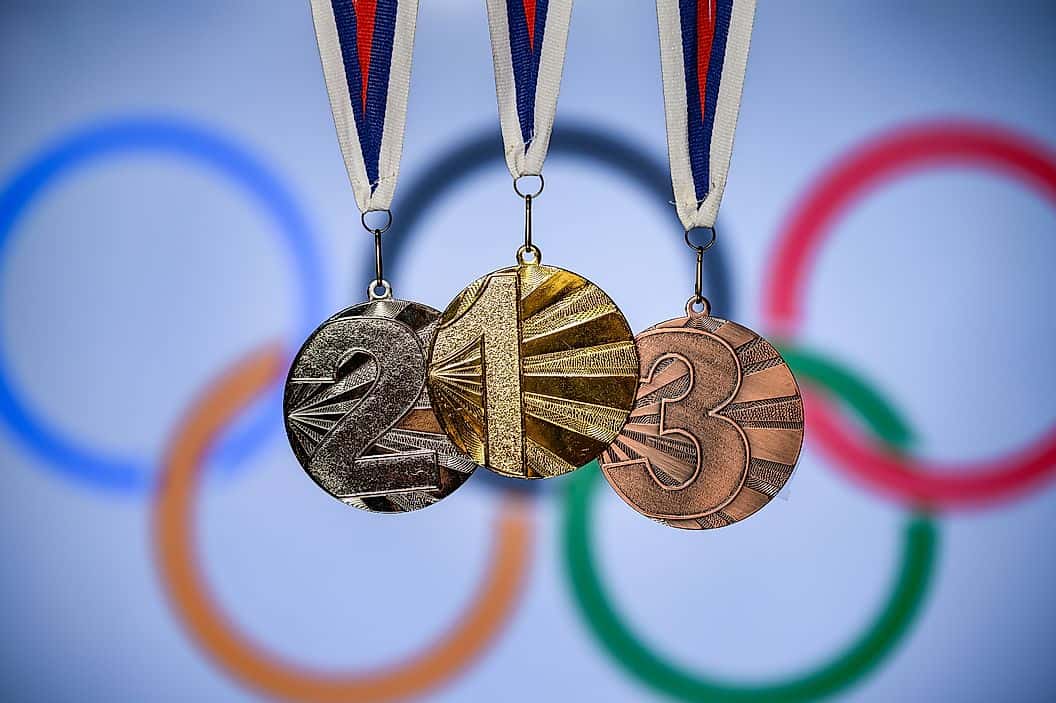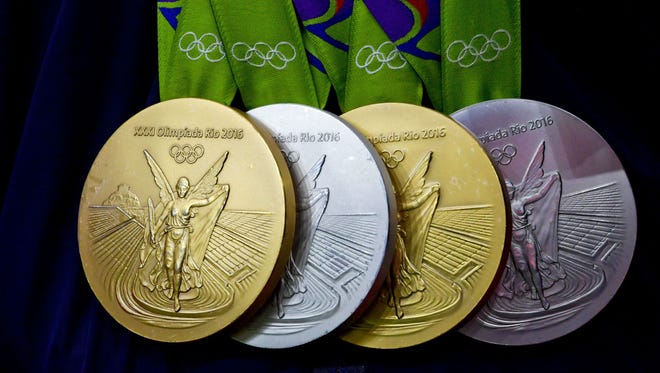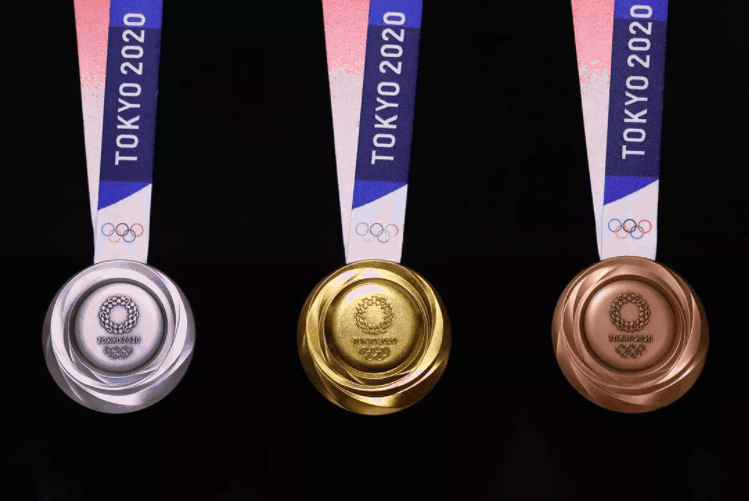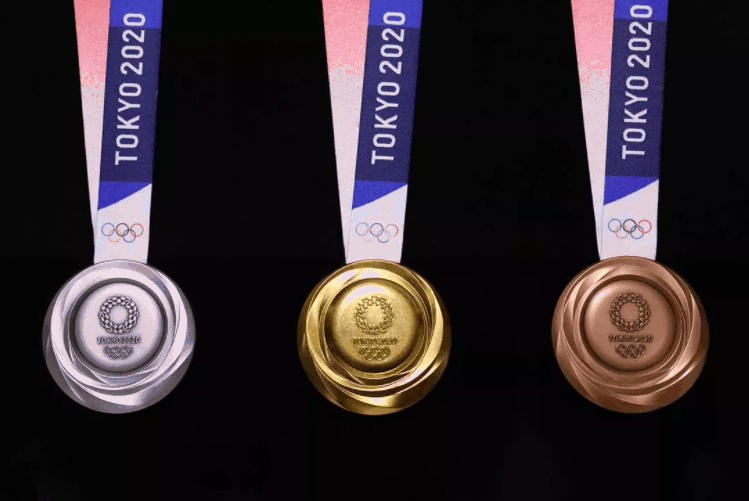When The Practice Of Giving Medals In The Olympic Games Began
During the ancient Olympic Games, athletes who won were awarded with ‘cottinos’ or garlands of olives instead of medals. These were considered a sacred prize in Greece.
In 1896, the long-lost practice of ancient Greece was reborn at the Athens Olympic Games. With this rebirth, new traditions made way for the old ones, and thus began the custom of awarding medals.
There was no tradition of giving gold medals back then.
Silver medals were awarded to those who came first, while the runners-up were awarded either a copper or bronze medal.
Three Medals, Three Metals
The three types of medals were introduced for the first time at the 1904 St. Louis Games, when the standard gold, silver and bronze medals were used for the first time.
These three metals represent the first three ages of man in Greek mythology: the Golden Age – when men lived among the gods, the Silver Age – where youth lived for a hundred years, and the Bronze Age, or the Age of Heroes.

Three medals, three metals for the coveted Olympic Games medals
But what are Olympic gold medals actually made of?
Surprisingly, perhaps, they are not 100% gold and, for the first time, the Tokyo Olympic medals partly consist of recycled electronic devices.
According to the International Olympic Committee, while each Olympiad has some leeway in terms of design, they must include distinctive Olympiad elements like the five rings symbol; Greek goddess of victory Nike in front of the Panathinaikos Stadium in Athens; and the official name of the respective Games.

Medals for each Olympics vary in how they are made
Unfortunately more than 130 medal winning athletes who participated in the 2016 Rio Olympic Games were disappointed as the medals produced for those Games proved to be defective with many rusting and chipping.
At the London Olympic Games in 2012, organisers provided instructions to medalists on how to keep their medals in mint condition, but did not specify any detail on room temperature.
As well as being the first time that medals have been manufactured with recycled metals from electronic devices, the Tokyo organising committee were also the first to consult the public in the design of the medals, via the Tokyo 2020 Medal Project.
The Tokyo medals feature the goddess Nike prominently in their design, but perhaps it is their composition that is of more interest.

All that glitters is not gold, and the same goes for Olympic gold medals, which are in fact at least 92.5% silver.
However that shiny, gilded gold exterior is real gold and all gold medals must contain at least six grams of gold.
They must also measure at least 60mm in diameter and three millimetres thick.
Measuring 85mm in diameter, the Tokyo gold medals contain over six grams of gold plating on pure silver and have been valued at €700 due to the inflated prices of precious metals used like gold and silver.


